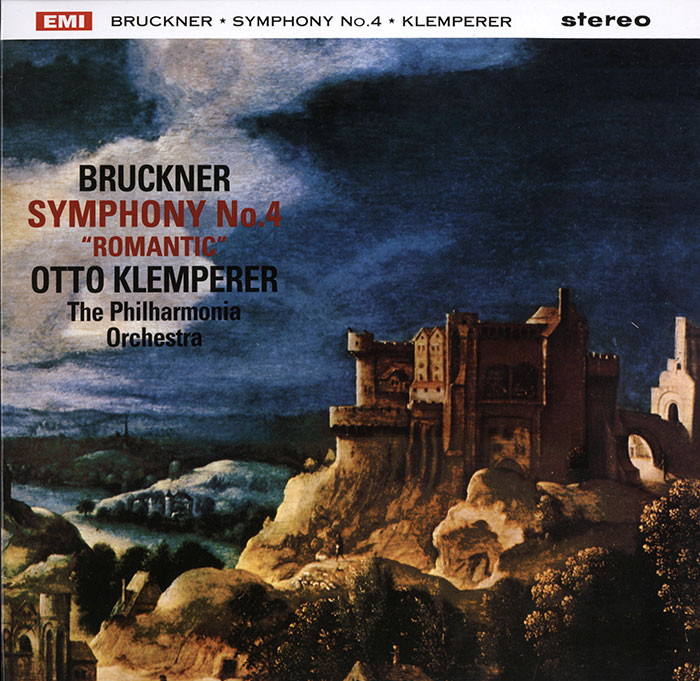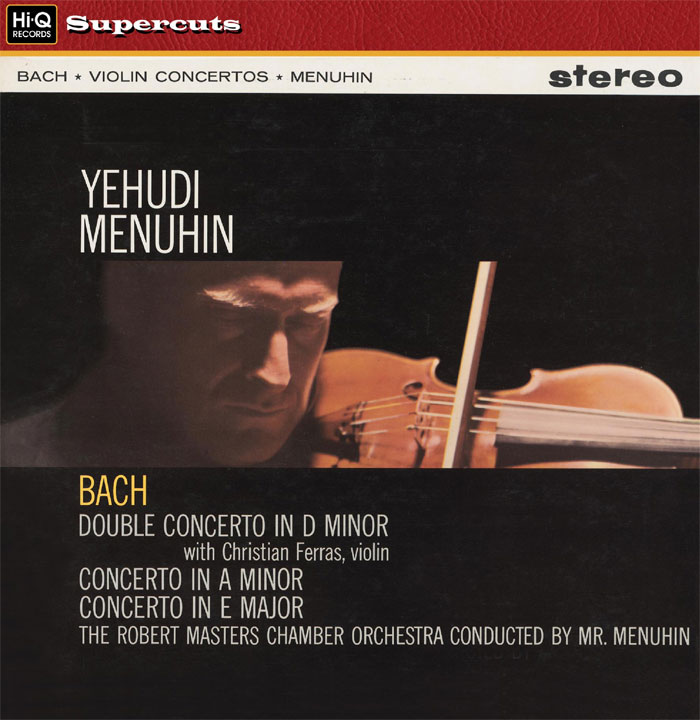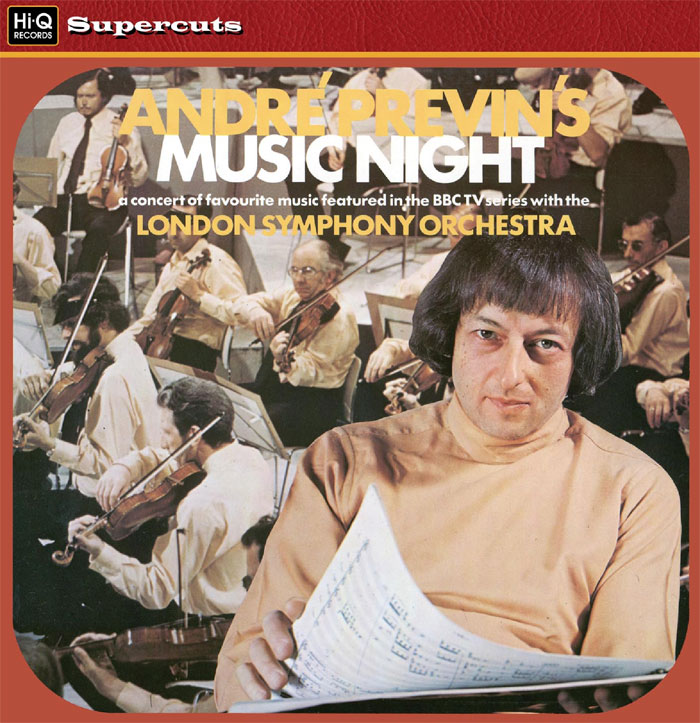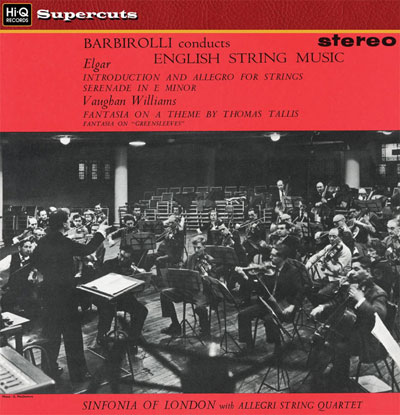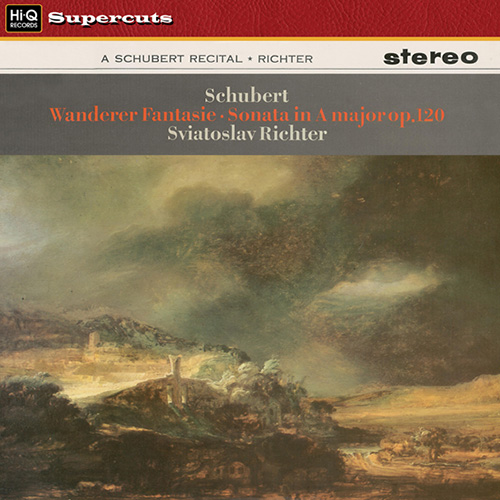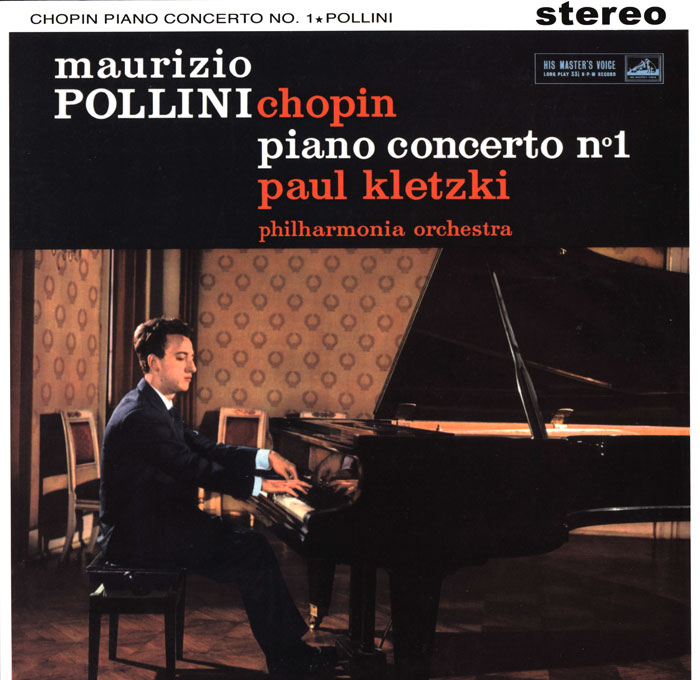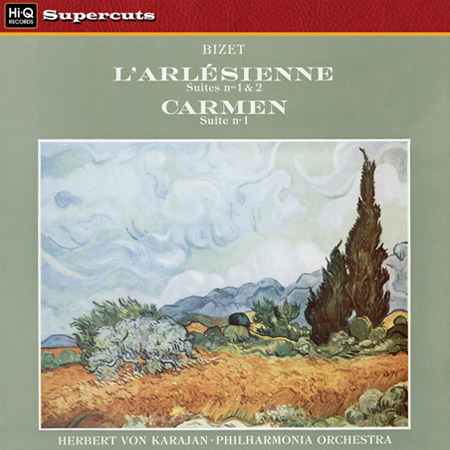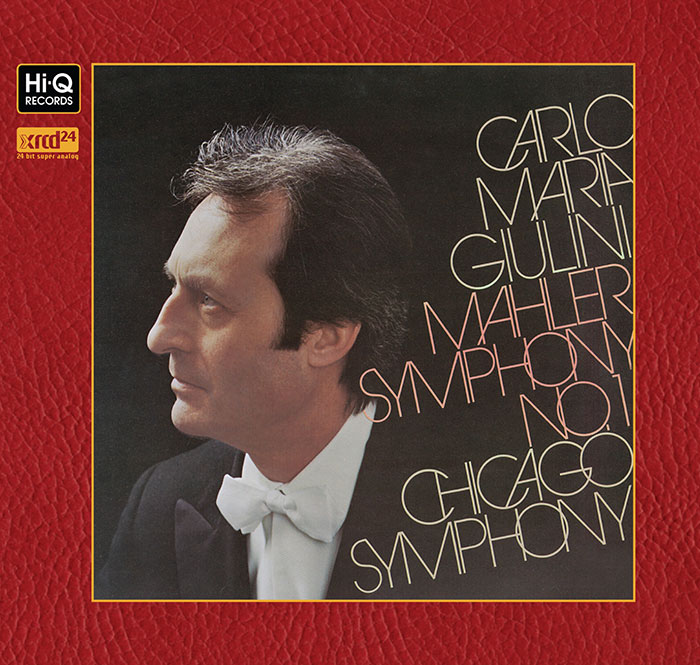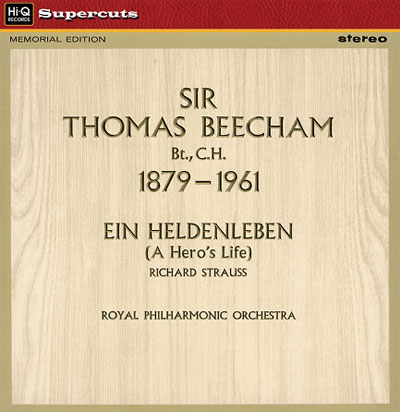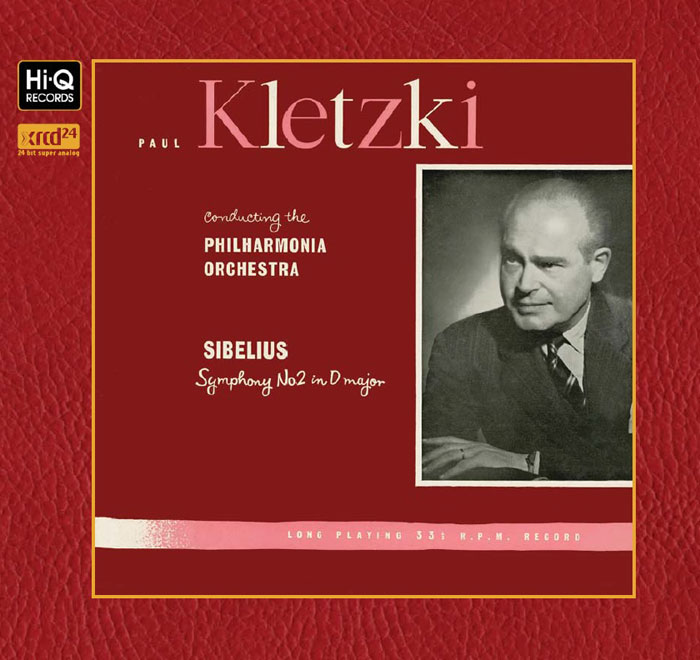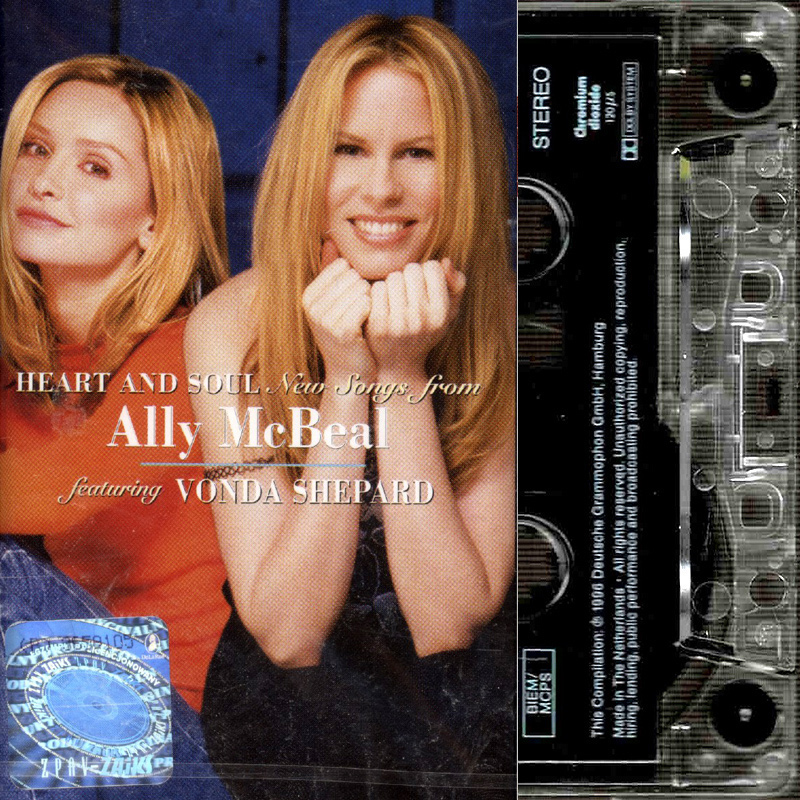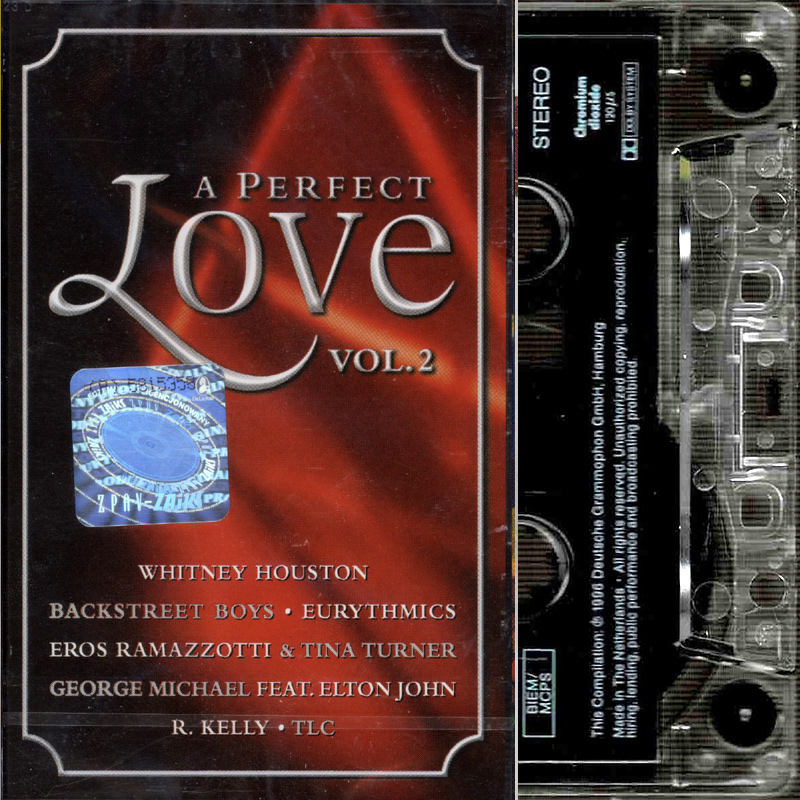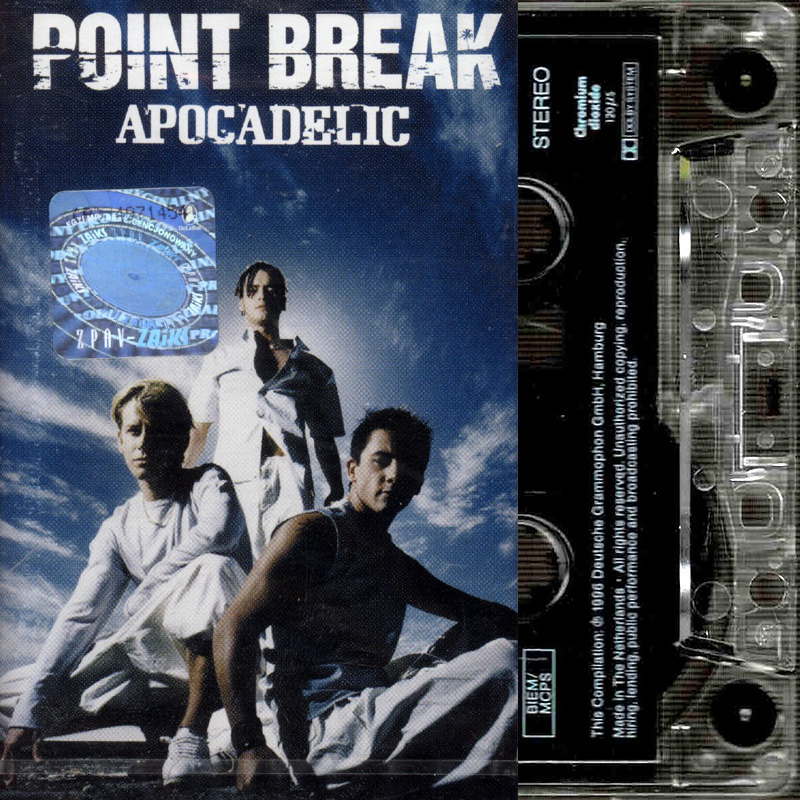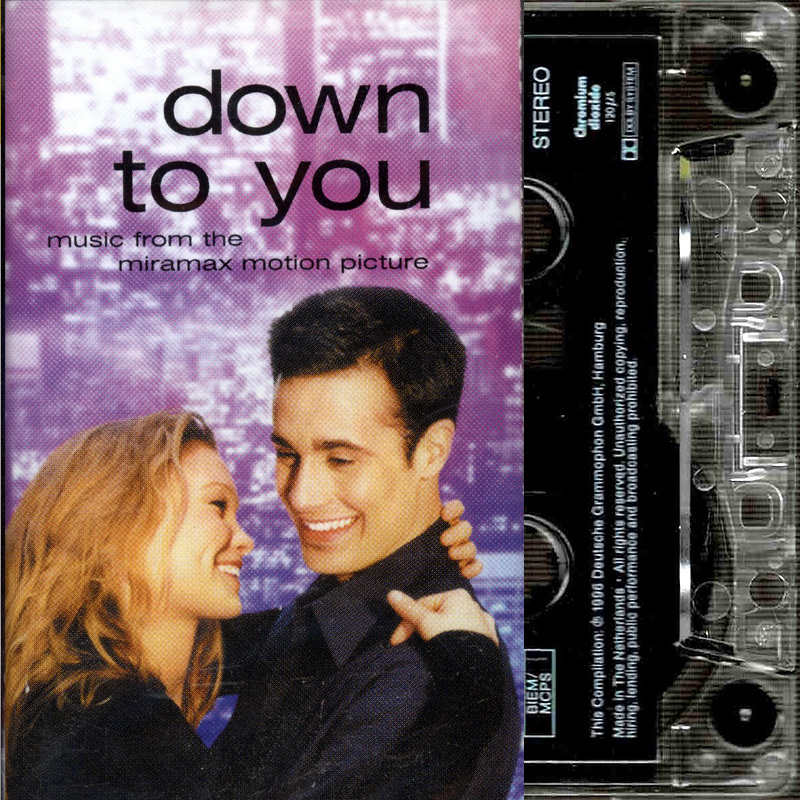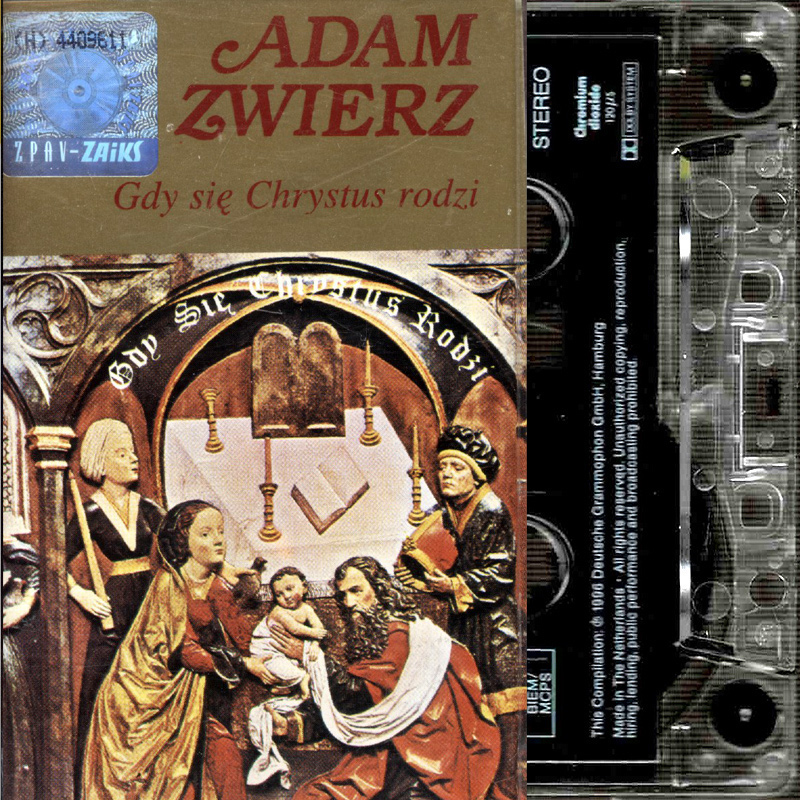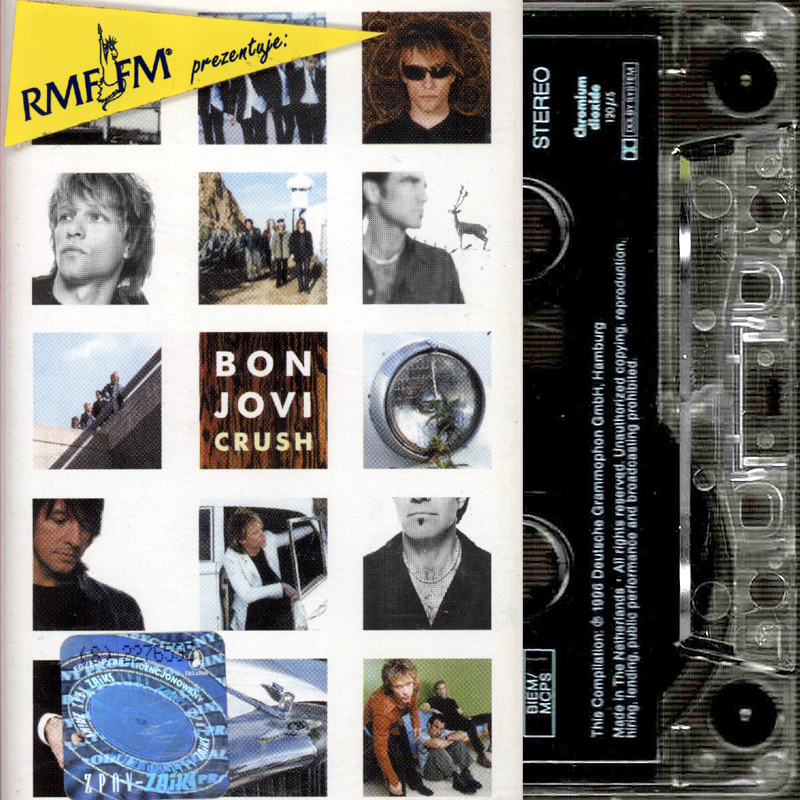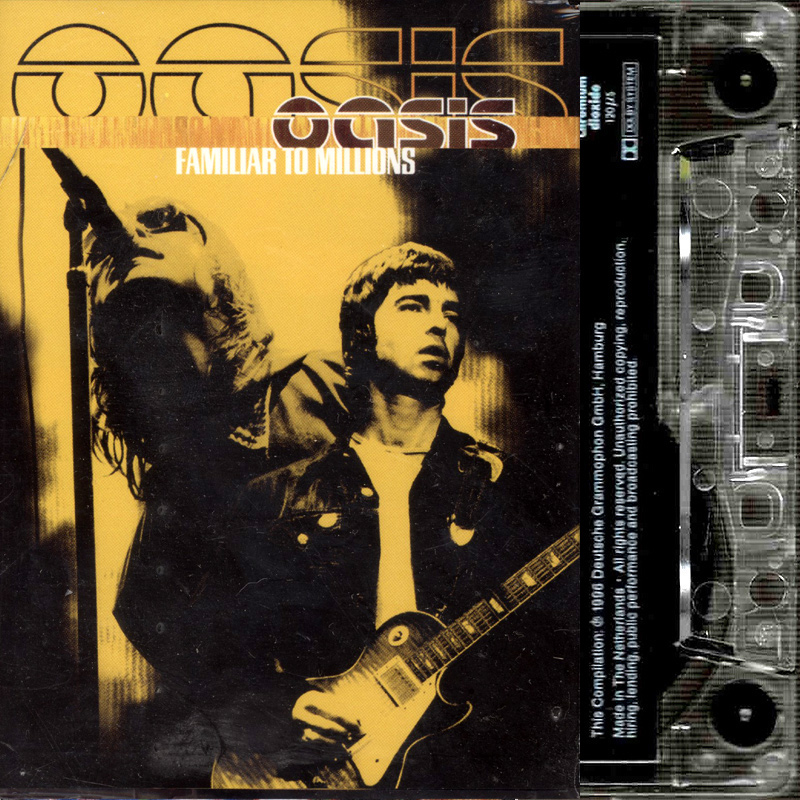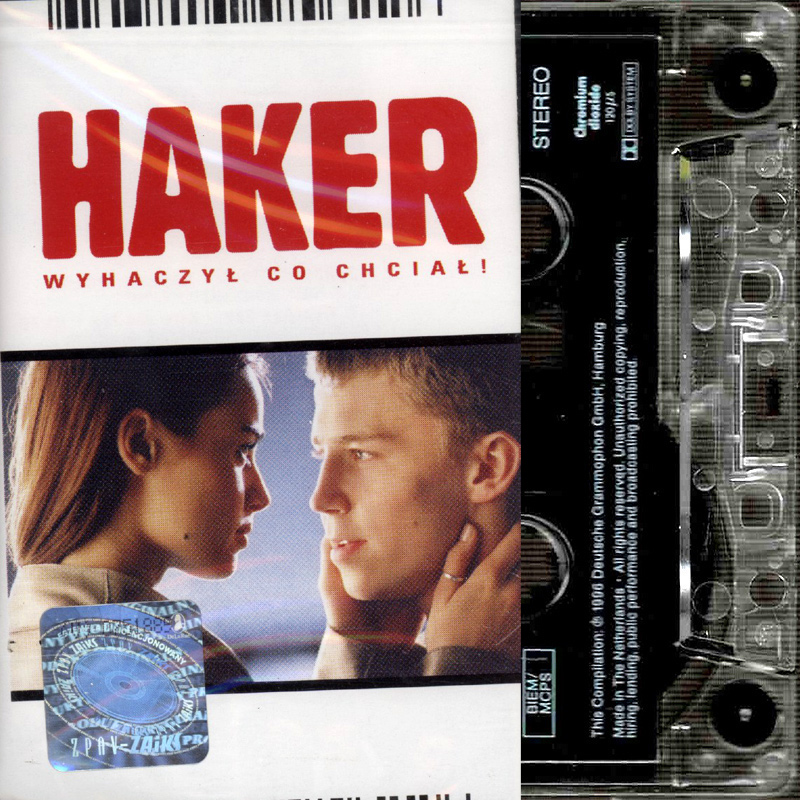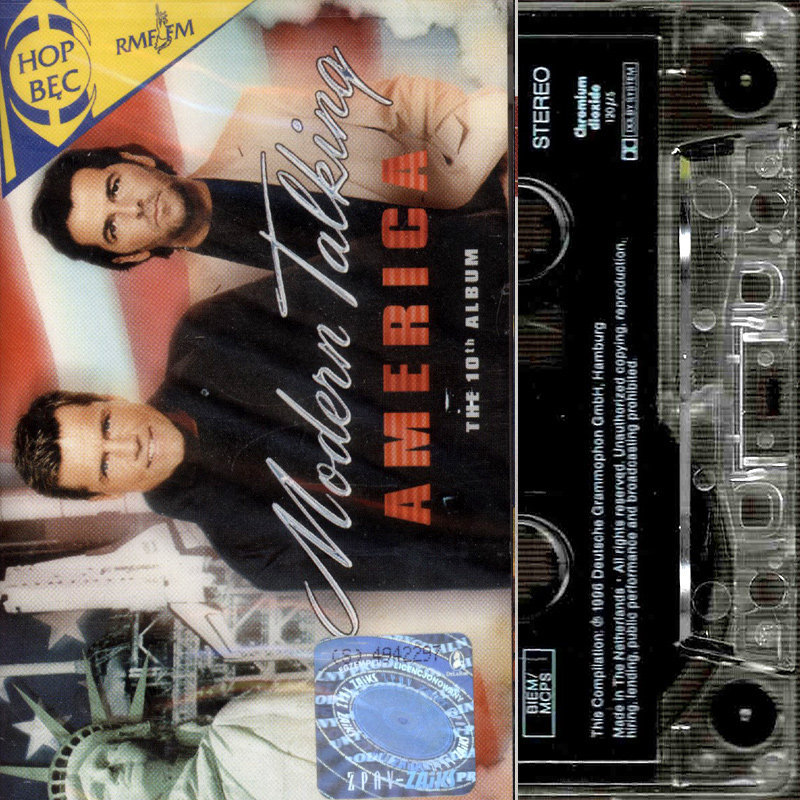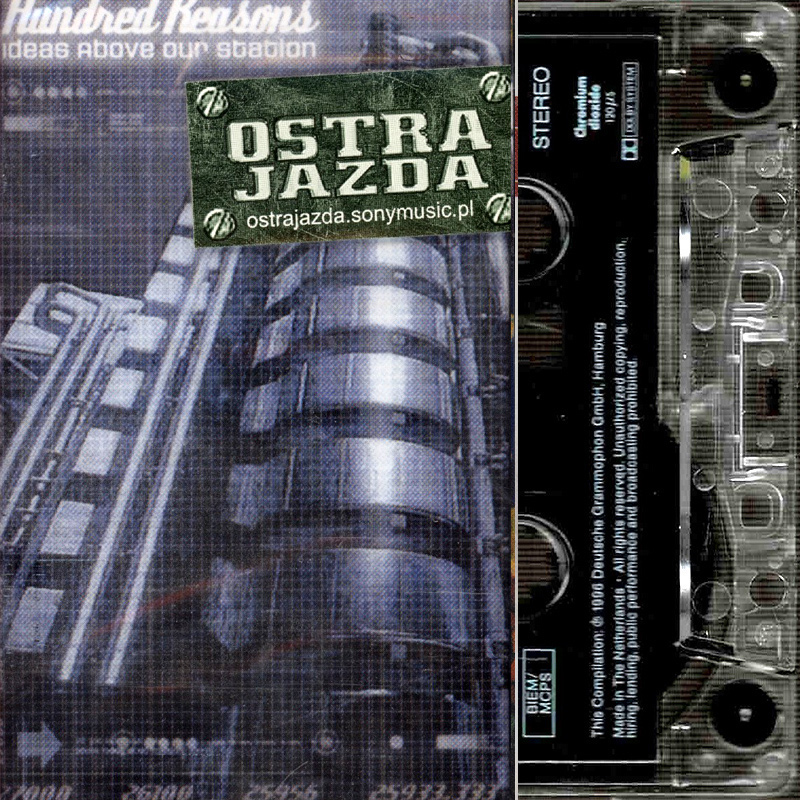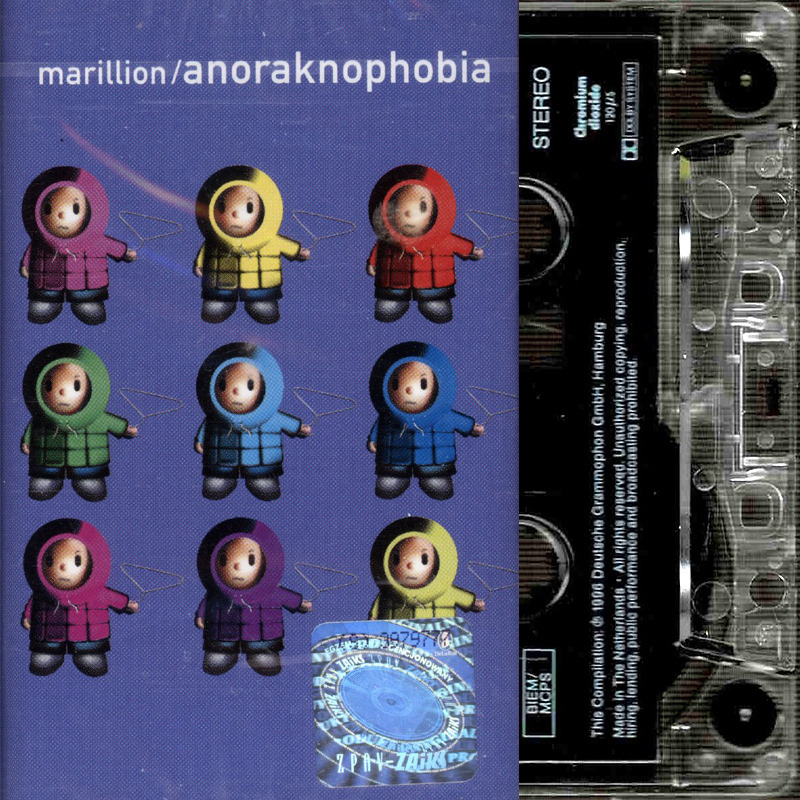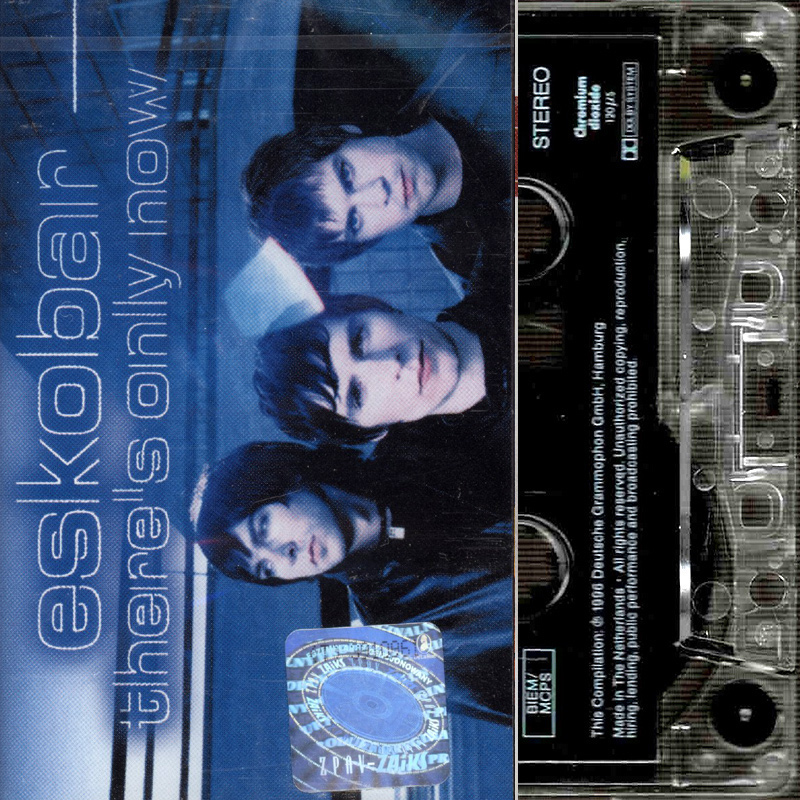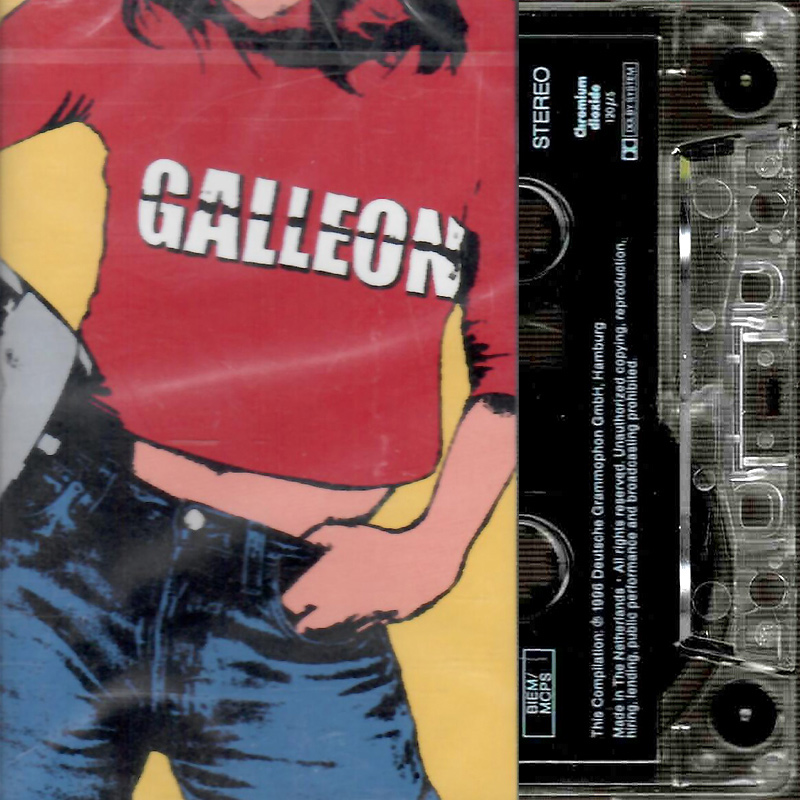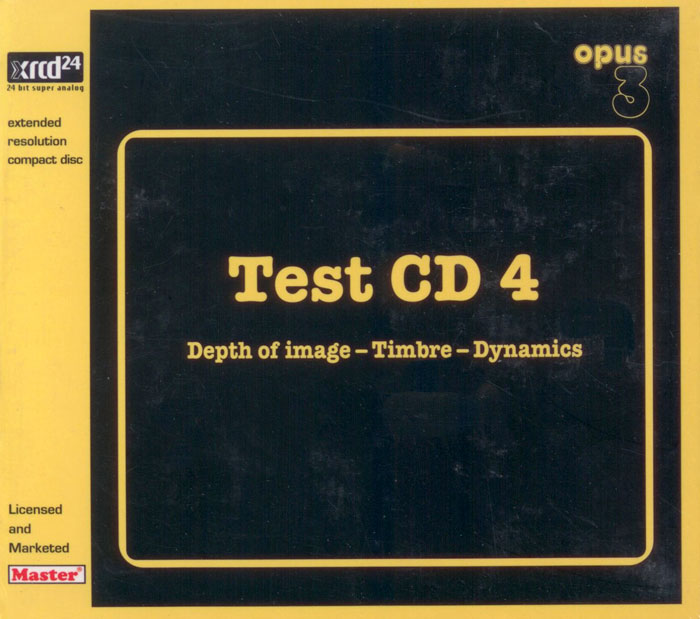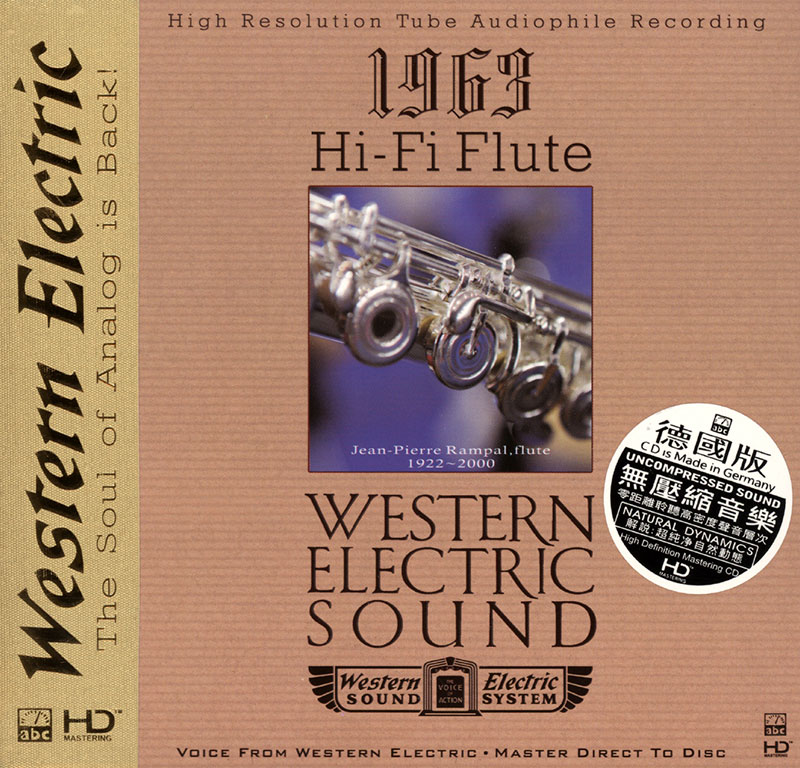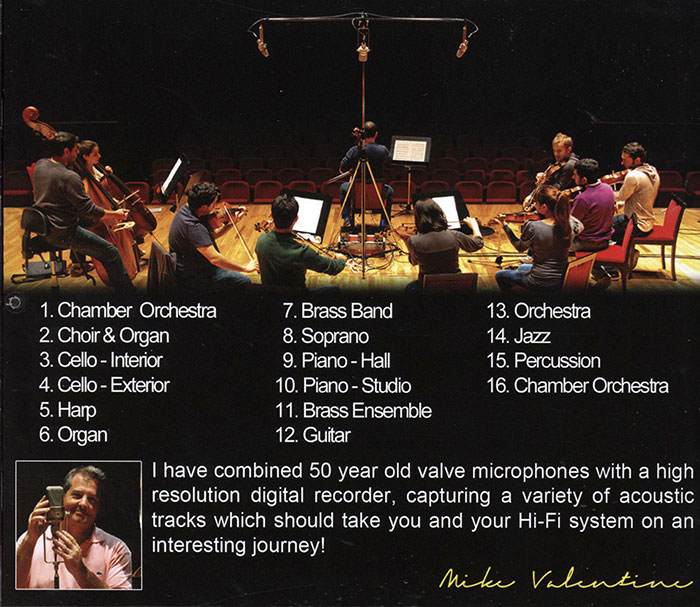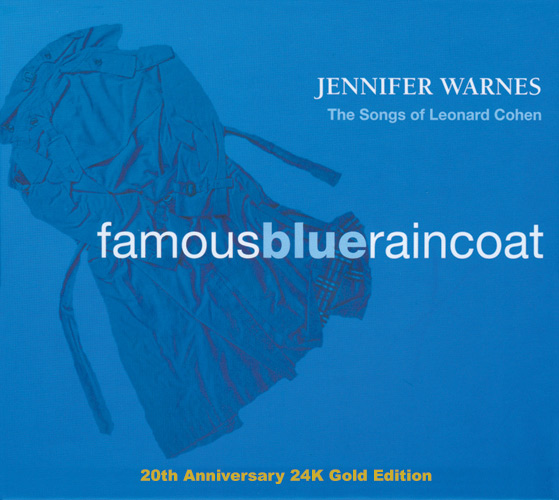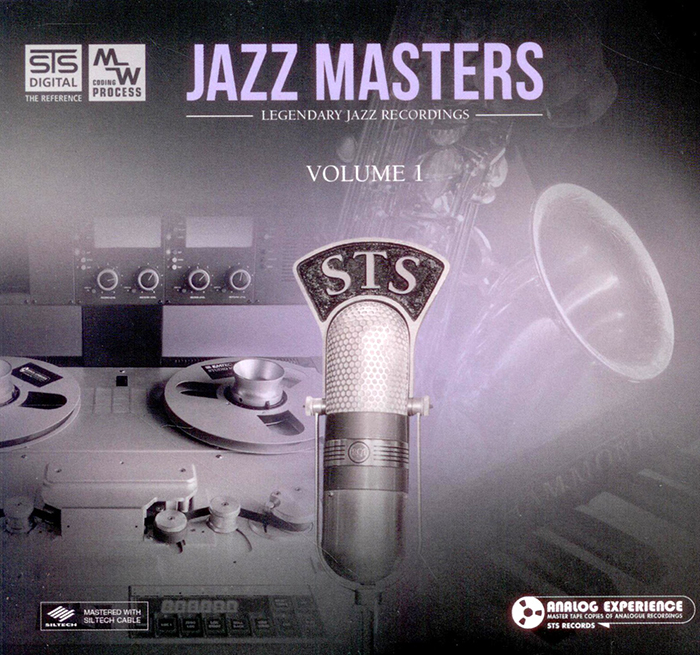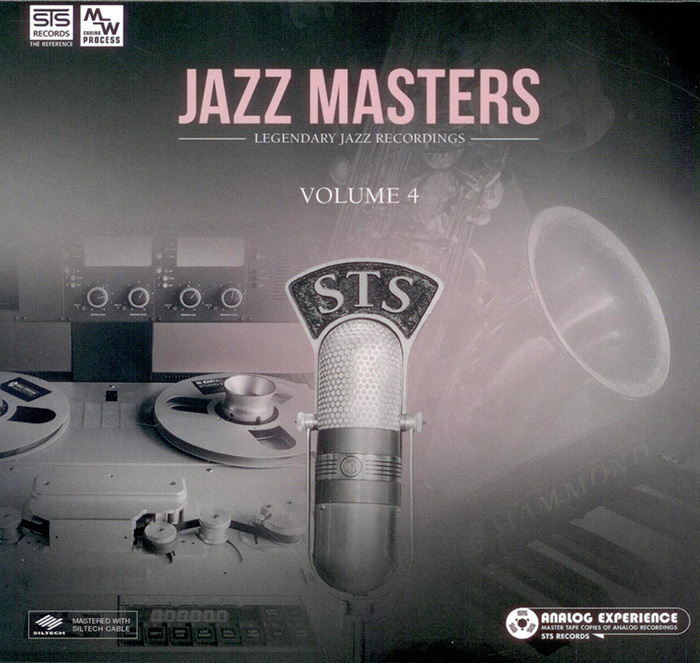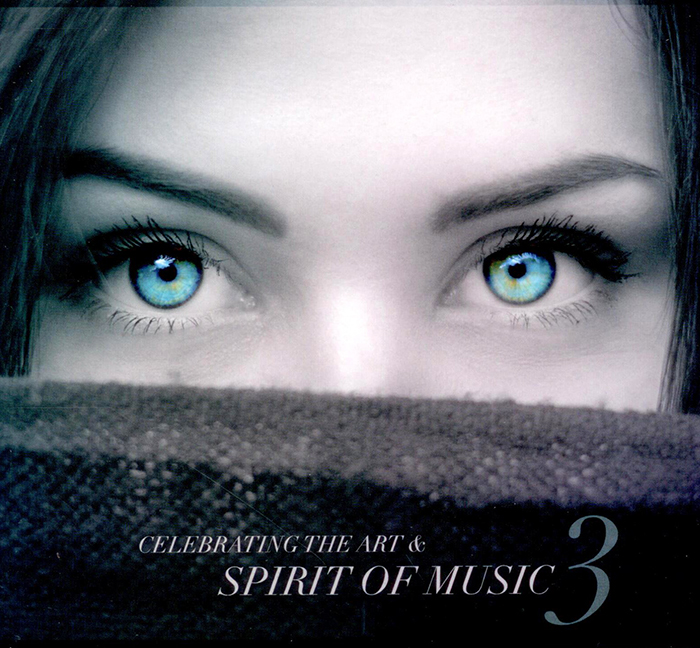Logowanie
ABSOLUTNIE OSTATNIE!!!!!
Kasety magnetofonowe
WZORCOWE samplery
Eugene Ormandy, William Steinberg, Leonard Bernstein, WEBBER, John Williams, ARNOLD, The Cleveland Orchestra, Pittsburgh Symphony Orchestra
WE 100th Anniversary Milestones CD07/08
AAD is a Digital Copy Of The Master Tape
SAMPLER - OPUS 3
Depth of Image - TEST CD 4
Głębia - nieograniczona, wybrzmienie - niezmącone, dynamika - pozbawiona siły ciążenia
BIZET, MARAIS, GRIEG, FAURE, SCHUBERT, Jean-Pierre Rampal
Western Electric Sound - 1963 - Hi-Fi Flute
AAD is a Digital Copy Of
The Master Tape
Mike Valentine
Chasing the Dragon Audiophile Recordings
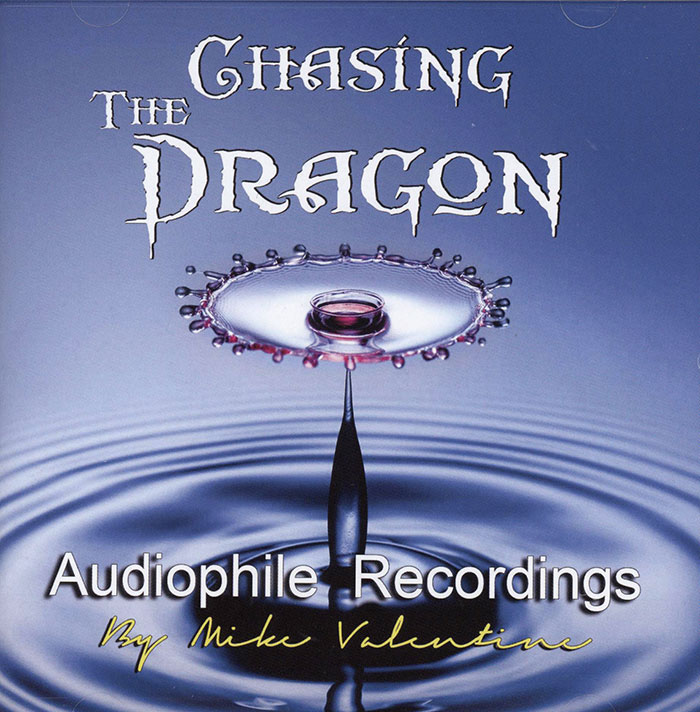
- Mike Valentine - director
płyta do wysadzenia audiofilskiej wyobraźni... w powietrze
No i... do najnowszego krążownika szos, przyspawał chłop dyszel, zaprzągł dwa konie, siadł na masce auta i krzyknął: - Wio! Wiatr zerwał czapkę z głowy, resztki spod końskiego ogona rozpłaszczyły się na czole, ale jazda była kawaleryjska! **** Z wyobraźnią zawsze miałem kłopoty. Ona ze mną - żadnych. Ne liczyła się z tym, co ludzie powiedzą, gdy bezwolnie wygłoszę ten czy inny pogląd. Bynajmniej - mnie mój. Tylko mojej wyobraźni. Przyjaciel psychiatra już dawno załamał ręce. - Nie na moją głowę twoja łepetyna... Hm... Dlaczego powiedział: łepetyna? A o swojej - głowa...? Czy aby jednak wyobraźnia mieści się w głowie (mojego przyjaciela) lub we łbie - jeśli mówimy o mnie? A kto to udowodnił? A może ona wczepiła się zupełnie gdzie indziej? Ale gdzie? Mam wymieniać potencjalne członki? Kiedyś wpadła mi w ręce książka z cudownymi przepisami na niezwykłe dolegliwości. Szukam: wyobraźnia... Nic. Ale na nagniotki i świerzb - dziesiątki recept. Czy to znaczy, że z wyobraźnią ludzie w dawnych czasach nie mieli problemów? Dostałem dobrą radę: wyjdź z siebie i wtedy, z dystansu, przyjrzyj się sobie. Zawsze też będziesz wtedy mógł to czy owo sobie poprawić albo naprawić. Skorzystałem. Stoję przed sobą i co najwyżej rękę sobie sam złamać mogę. Po wyobraźni - ani śladu. Menda jedna... Gdzie ona jest? Gdybym ja chciał, żeby mnie nikt nie znalazł - schowałbym się. A gdybym się bał - skrył, zaszył gdziekolwiek. Ale moja wyobraźnia nie może wiedzieć, że chętnie bym jej łeb ukręcił (ile ich ma?). Ona się ze mną w ogóle nie kontaktuje. Raz jej naubliżałem z użyciem wyrazów kancelaryjno-magazynowych! Tak, oczywiście. Ale nawet nie odburknęła. Kompletne mnie ignoruje. A raz, kiedy nie wziąłem parasola, com go w kratkę (to znaczy on jest w kratkę), a ja go pod choinkę dostałem - olała mnie deszczem tak, że w pewnej części garderoby mógłbym sobie niewielkie akwarium wyrychtować. ******* OK. Miało być o nagraniu audiofilskim. Mike Valentine nie ma problemów z wyobraźnią. Jest człowiekiem treści i konstrukcji, praw fizyki i elektryki, skutecznym eksperymentatorem. Zebrał stare mikrofony. Te legendarne. Te, które utrwaliły miliony godzin muzykowania zespołów i solistów najsłynniejszych wytwórni płytowych z połowy XX wieku. Stare klamoty podłączył do najnowszych konstrukcji cyfrowych, rejestrujących dźwięk. I powędrował do miejsc, w których przed ponad półwieczem realizowano słynne koncerty oraz recitale. I wszystko wydał na płycie. Tej właśnie. ***** (............) - i tyle. Proszę? Nic nie widać ani nie można przeczytać? Też to zauważyłem. Wyobraźnia... oniemiała na ten dźwięk. Czyli - jest poskramialna? Ha! A może ona jest formą kitu, który dopełnia i wypełnia braki i luki oryginału? Znika, gdy staje wobec dzieła skończonego? Zaraz, posłucham jeszcze raz... (Uwaga - ilość egzemplarzy tej płyty w magazynie - policzalna)
